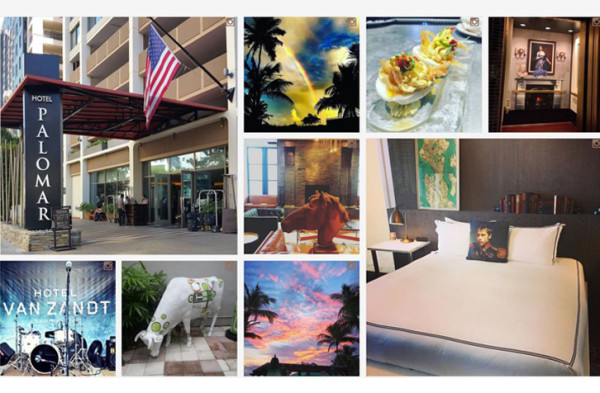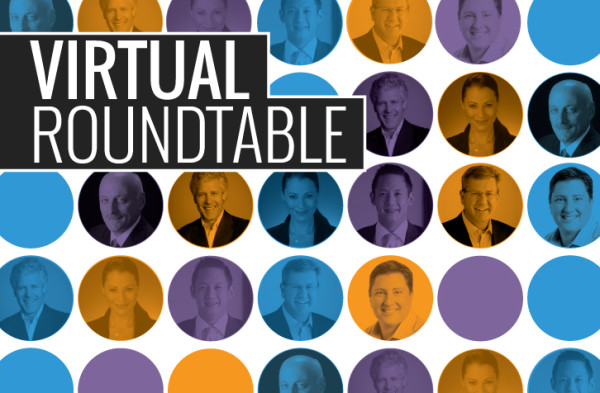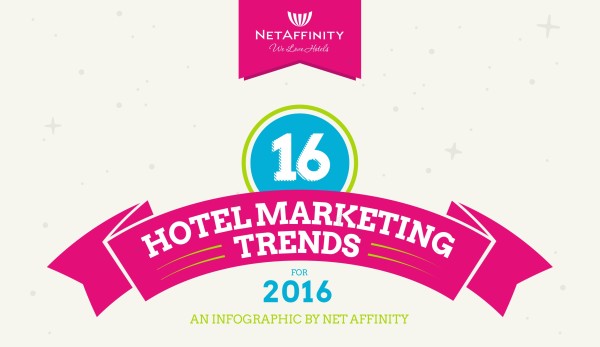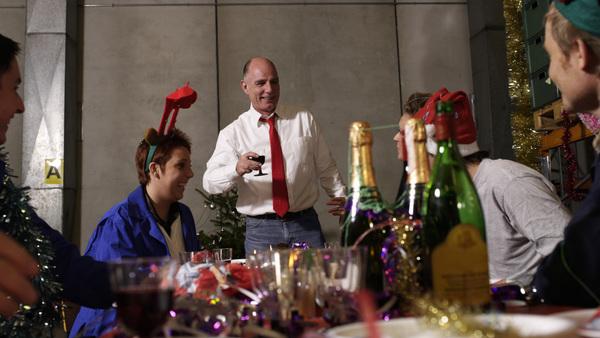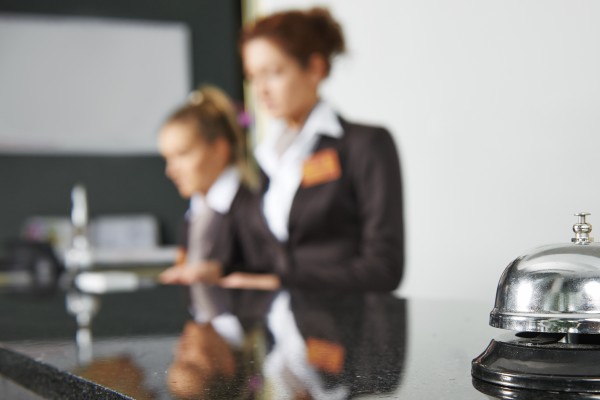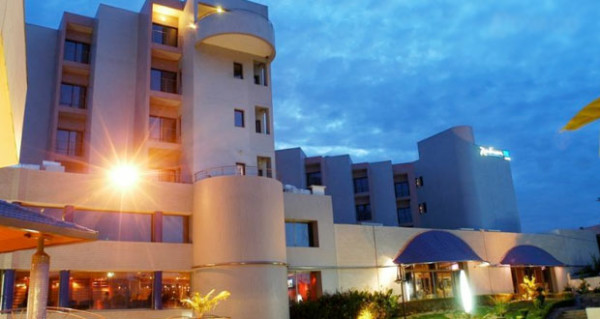Hotel marketers have never seen such rapid and overwhelming change like the one happening in social media. However, there are ways to approach the social media universe that will help maintain perspective in the face of all that change.
Several sources provided nine social media tips for 2016 to help marketers maintain perspective.
1. Keep up with what’s new
Social media innovations catch on with incredible speed. For instance, Periscope and Meerkat, both video streaming apps launched in 2015, are already players in travel marketing. The apps allow users to send video to friends or followers instantly.
“There are constantly new platforms emerging and it’s important to us to stay on top of it,†said Dan Moriarty, director of digital strategy and activation for Hyatt Hotels Corporation.
2. Stay up to date on existing platforms
The big guys are not resting on their laurels. For example, Moriarty said, “Twitter removing direct messaging character limitations really opens up the depth of conversation hotels can have with guests on that platform and enables better connections.
“Also, Instagram has made it easier to tag a location when a picture was taken there, and now allows users to search by location rather than just hashtag. This is huge for travel.â€
“Facebook is leading the pack everywhere,†said Benji Greenberg, CEO of BCV, which manages social media for hotels. “They are introducing something new every two weeks. They recently launched Facebook Messenger for business, which is important because companies will be able to embed Messenger in their websites instead of using live chat. Now a customer can walk away from the computer without the usual live chat waiting and maintain the communication on another device.â€
3. Practice targeting
All the social platforms have upped their capabilities around targeting, said Lucy Kemmitz, lead of social media for the Hilton Hotels & Resorts and Curio brands from Hilton Worldwide Holdings.
“Instagram now offers the same extensive and highly accurate targeting parameters as Facebook,†Kemmitz said, “and allows for campaigns that run on both platforms for coordinated campaigns using both platforms at a more affordable price point than previously. As evidence of the effectiveness of the targeting available on Instagram, we see click-through rates of nearly 2.5% on ads for Curio.â€
Kemmitz said Twitter launched event-based targeting, which allows marketers to target people interested in area events. She said beta advertisers saw up to a 110% increase in engagement when using this type of targeting on the platform.
Jeremy Jauncey, founder of Beautiful Destinations, which advises brands on Instagram, said paid advertising on Instagram is “the most important change to the platform in its history.â€
“Now not only can a hotel tell its story through imagery, targeted ad technology enables brands to drive: clicks to websites, views of videos, mobile app downloads and massive amounts of impressions,†Jauncey said. “Hotels like the Bellagio and Starwood properties such as W and Aloft have already spent money on these types of ads.
For more:Â http://bit.ly/1Z2BsYe

